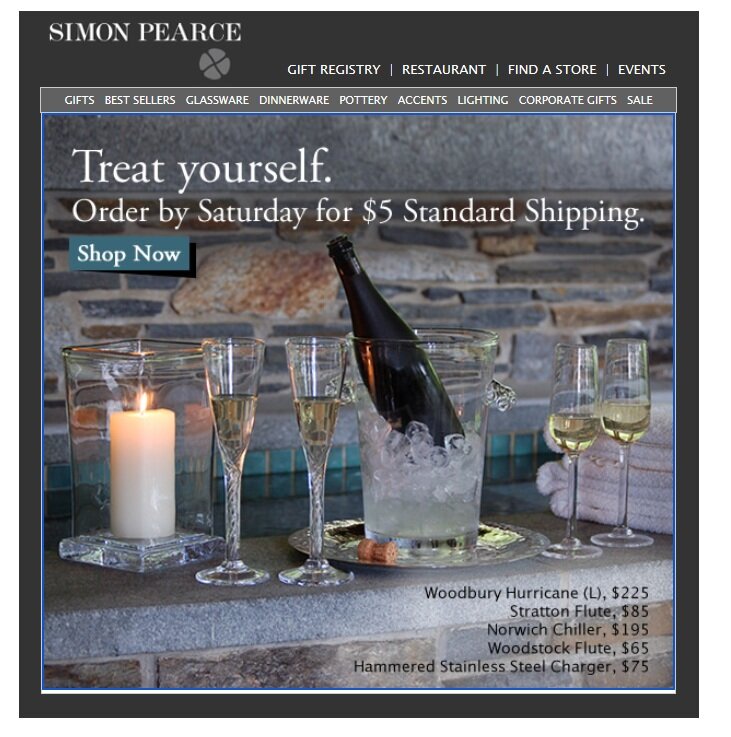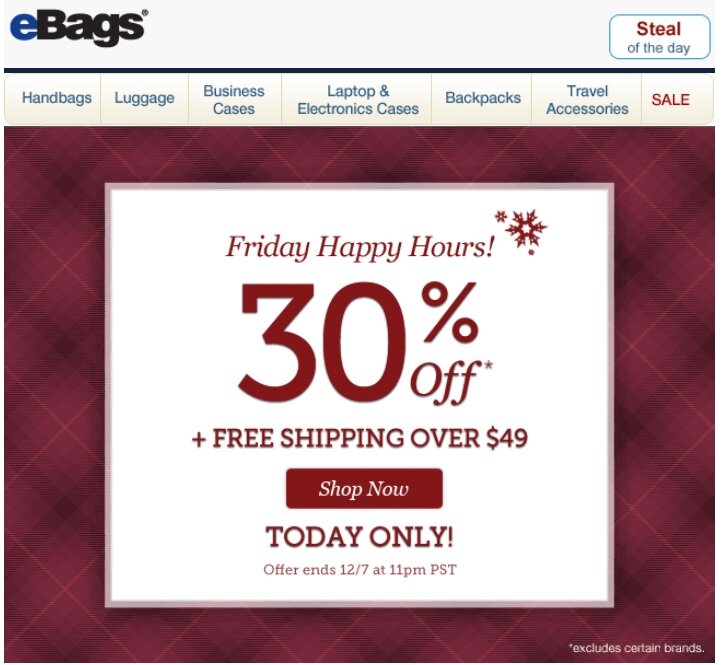Holiday results: finishing strong in the final stretch
December 20, 2012 Leave a Comment
With Christmas just days away, data from the MarketLive Performance Index shows continued gains compared with last year’s results. As shoppers rushed to complete purchases for on-time delivery, performance across the board rebounded: whereas for the prior week conversion lagged the same time period in 2011, for December 10 – December 16 conversion was higher by more than 25%, engagement was up more than 6% and even cart abandonment dipped slightly — signalling that merchants are successfully executing sophisticated strategies.
Bolstered by the week’s strong performance, the overall numbers for the season continue to show marked gains. Both revenue and traffic are up more than 27%, while conversion is up more than 8% and engagement is up 3%. Meanwhile, the cart abandonment rate has now risen less than 0.5%, indicating that merchants have stemmed the tide of lost sales by successfully convincing shoppers to complete purchases. And average order value has dipped by less than a percent, suggesting merchants have avoided resorting to bargain-basement pricing as a lure.

Now that the holidays are entering the home stretch, merchants must make transition messaging from pre-holiday gift-buying to post-holiday promotions. While steep discounts typically lure shoppers to return to stores after Christmas, merchants should also message:
Self-gifting. With 74% of consumers planning to make non-gift purchases for themselves or their families, according to the MarketLive Consumer Shopping Survey, merchants should put the spotlight on indulgences for shoppers to buy themselves. Last year, glassware maker Simon Pearce urged shoppers to treat themselves with New Year’s-themed creative showcasing sought-after items and a flat-rate shipping offer.

Stocking up. To offset steep discounts and keep average order sizes high, merchants should urge shoppers to buy multiples of popular items and replenishment products. Apparel company Eddie Bauer last year offered a “stock up event” featuring low prices on essentials such as T-shirts and jeans.

Accessorizing gifts. Merchants should showcase items that complement popular gifts to encourage shoppers to further outfit themselves and maximize the enjoyment of what they received. Last year, Wayfair promoted “gifts for your gifts” in an email featuring items such as tablet covers and TV stands. The message promised to help make “holiday gifts feel at home.”

What creative messaging are you planning to boost post-Christmas sales?





 Use in-stock status to promote urgency. On the product page, rather than simply communicating whether an item is in stock, merchants can make transparent quickly-dwindling inventories of hot items by letting shoppers know exactly how many remain once the number drops below a certain point. Merchants can even create a sense of further scarcity by limiting the number of purchases per customer, as Toys R Us does with this item from its “Hot Toys” list, which is additionally flagged with a banner letting shoppers know it’s an exclusive.
Use in-stock status to promote urgency. On the product page, rather than simply communicating whether an item is in stock, merchants can make transparent quickly-dwindling inventories of hot items by letting shoppers know exactly how many remain once the number drops below a certain point. Merchants can even create a sense of further scarcity by limiting the number of purchases per customer, as Toys R Us does with this item from its “Hot Toys” list, which is additionally flagged with a banner letting shoppers know it’s an exclusive.





 Timelines in email marketing. Add to the sense of urgency of the Free Shipping Day offer by displaying shipping cutoff dates as part of the marketing message, as Garden Botanika did last year by headlining its offer “Last Day”.
Timelines in email marketing. Add to the sense of urgency of the Free Shipping Day offer by displaying shipping cutoff dates as part of the marketing message, as Garden Botanika did last year by headlining its offer “Last Day”.







Connect with us: